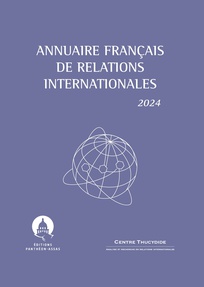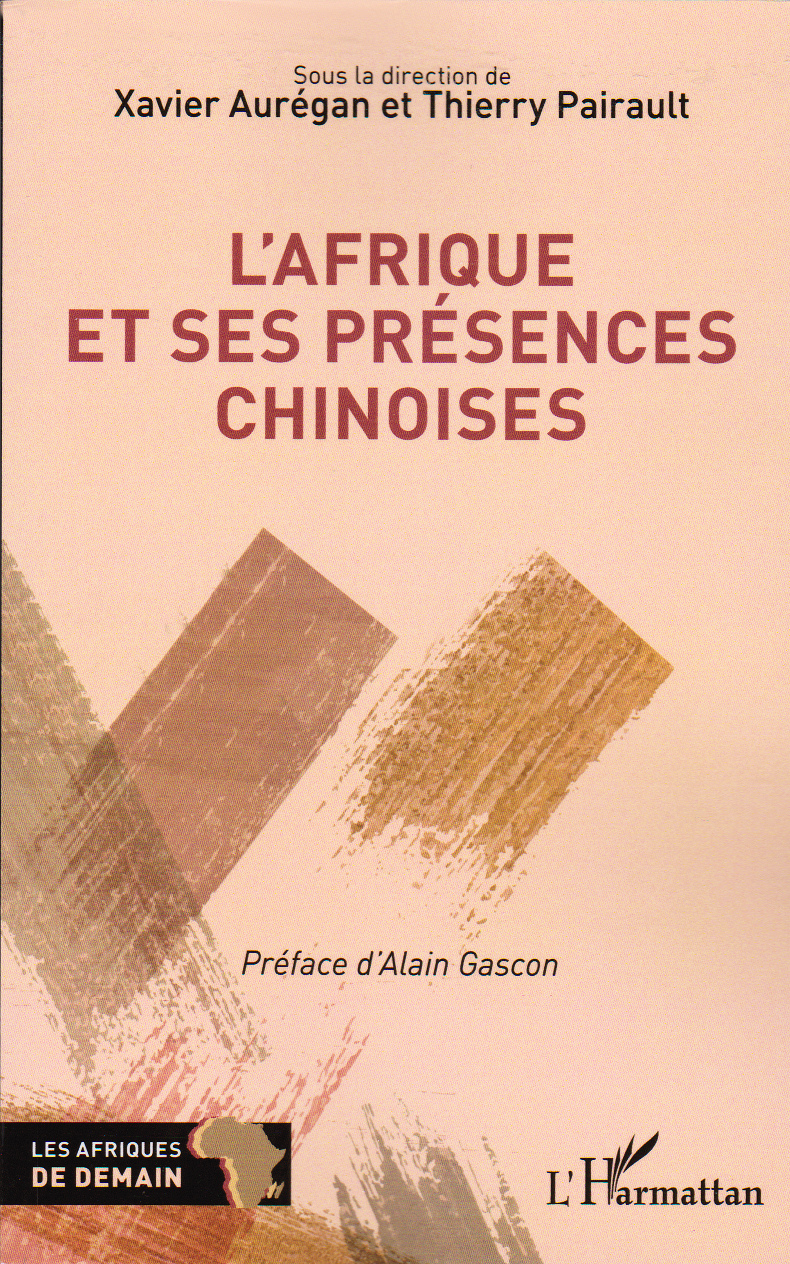Alemayehu Gedaa, Solomon Mosisab & Matias Assefaa
Africa Review, 5(2), 2013, p. 118-138
Lire à http://dx.doi.org/10.1080/09744053.2013.855357 ![]()
Abstract
In this study an attempt to examine the China-Africa trade potential and the implications of exploiting that potential is made. The potential is examined using the Trade Complementarity Index and the stochastic frontier gravity model of trade. The results suggest that there is considerable potential to expand China-Africa trade. Apart from reforming trade policies, removing other behind-the-border socio-political-institutional constraints and improving trade facilitation would contribute to realization of this potential. However, the realization of this potential may entail locking African countries in primary commodity sectors (and hence de-industrialization). A non-parametric test using the ‘Galtonian regression method' as well as a multi-country version of the Heckscher-Ohlin-Vanek trade model is employed to test this pattern. The results suggest that African countries are characterized by re-deepening specialization in the primary commodity exports sector owing to China's commodity demand surge. We also found that the indirect impacts of this demand surge are more significant. This calls for strategic policy engagement with China, India and other emerging economies such as Brazil with the aim of balancing between the temporary resource windfall gain and the future industrialization and development of the continent.












